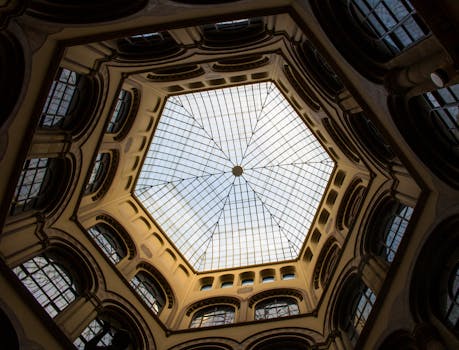
Traveling Through Time: How Europe’s Historical Heritage Shapes Modern Lifestyles in 2025
Traveling Through Time: How Europe’s Historical Heritage Shapes Modern Lifestyles in 2025. Europe, a continent steeped in history and tradition, continues to fascinate visitors from around the world with its rich cultural heritage. From the ancient ruins of Greece and Rome to the modern cities of London and Paris, Europe’s historical legacy is palpable in every aspect of modern life. In this article, we will explore how Europe’s historical heritage shapes modern lifestyles in 2025, and what this means for travelers and locals alike.
Introduction to Europe’s Historical Heritage
Europe’s historical heritage is a vast and complex tapestry, woven from the threads of countless cultures, empires, and civilizations. From the Pyramids of Egypt to the Colosseum of Rome, the Acropolis of Athens to the Louvre of Paris, Europe’s historical landmarks are a testament to the continent’s enduring legacy. But Europe’s historical heritage is more than just a collection of buildings and monuments – it is a living, breathing entity that continues to shape modern lifestyles in profound ways.
How Europe’s Historical Heritage Shapes Modern Lifestyles
So, how does Europe’s historical heritage shape modern lifestyles in 2025? The answer lies in the many ways that history continues to influence contemporary culture, from architecture to art, and from cuisine to cuisine. For example, the Renaissance-era cities of Italy, such as Florence and Venice, continue to inspire modern urban planning and design, with their picturesque canals, ornate bridges, and grand piazzas. Similarly, the modern art movements of Europe, such as Cubism and Surrealism, continue to influence contemporary art and design, from fashion to furniture.
Europe’s historical heritage also shapes modern lifestyles through its cuisine. From the rich, hearty stews of Ireland to the delicate, flaky pastries of France, European cuisine is a reflection of the continent’s diverse cultural traditions. And with the rise of food tourism, travelers are increasingly seeking out authentic, locally-sourced cuisine as a way to experience the unique flavors and traditions of each region.
Conclusion: The Enduring Legacy of Europe’s Historical Heritage
In conclusion, Europe’s historical heritage continues to shape modern lifestyles in profound ways, from architecture to art, and from culture to cuisine. As we look to the future, it is clear that this legacy will only continue to grow and evolve, inspiring new generations of travelers, artists, and innovators. Whether you are a history buff, a foodie, or simply a curious traveler, Europe’s historical heritage is a treasure trove of experiences waiting to be discovered.
Modern Europe: A Continent of Contrasts
Europe is a continent of contrasts, where ancient traditions and modern innovations coexist in a vibrant, dynamic landscape. From the snow-capped mountains of the Alps to the sun-kissed beaches of the Mediterranean, Europe’s diverse geography and climate support a wide range of cultures, languages, and lifestyles. And with the rise of modern technologies, such as social media and e-commerce, Europe’s historical heritage is more accessible than ever, with virtual tours, online museums, and digital archives allowing visitors to explore the continent’s rich cultural legacy from the comfort of their own homes.

